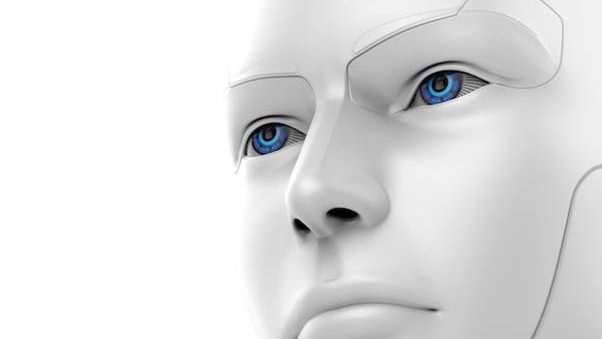The rapid rise of artificial
intelligence (AI) systems for use in virtual assistant (VA) technology in
recent years underlines their increasing importance for helping people in their
everyday lives. Driven by more
sophisticated computer programming, enormous advances in voice recognition
allow VAs to user questions: they are increasingly supporting people in office
environments and across various sectors, such as health, auto and home design.Product structures
The arrival of VAs brings with
it a debate about the direction of product structures: will there be numerous
specialised assistants? Or will we have a super assistant capable of conducting
a variety of tasks? It is likely the future lies somewhere between the two. It
is useful to distinguish between horizontal and vertical VAs in order to frame
the discussion about their capabilities: horizontal assistants can help with a
variety of precise tasks, yet find it difficult to carry out more complex and
multidimensional assignments; vertical assistants, however, are more likely to
complete larger end-to-end tasks that may take longer to accomplish.
While VAs are not yet able to accomplish all the
specialised tasks that require an iterative process with the user, in the
future we may see basic standard platforms develop. This could pave the way for
a common AI-VA platform allowing for specialist VAs.
<!–
The entertaining side of virtual assistants



The potential for “deep learning”
Evolution, adaptability and the capacity to react to the unknown are essential components of what it means to be human. “Deep learning”, where machines can participate in complex discussions by picking responses from a large database, relies on these characteristics, but is not yet capable of replicating them. A programme capable of adapting on its own and solving problems for which it has not been prepared – in other words, unsupervised learning – has tremendous potential. It will be capable of writing its own programme, allowing it to carry out a potentially infinite number of actions. With this potential, care needs to be taken to ensure that the technology developed in Silicon Valley does not impose its norms on the rest of the world: technology exists to serve people.The future of VAs
Indications show a shift in the VA market towards an oligopolistic structure, where a few large technology giants buy smaller specialised start-ups. Existing internet leaders appear to have embarked on a pitched battle to acquire inventive young start-ups to help improve their products and user experience.In the long term, the creation of a platform designed to be integrated into connected objects could enable the interaction of various devices to enhance user experience. Incumbents would need to adapt their business models to the new environment. For example in the automotive sector, the value of a vehicle may gravitate slowly away from the hardware to the software, as technology that integrates VAs into vehicles will become more common. Additionally banks may begin to incorporate VAs into their investment offering for customers, in line with a client’s interes
